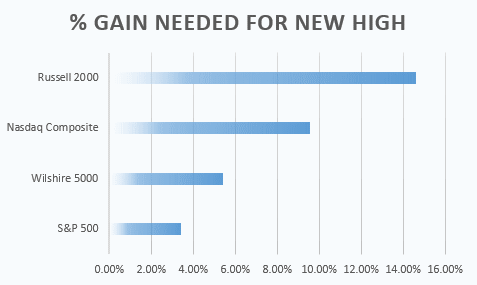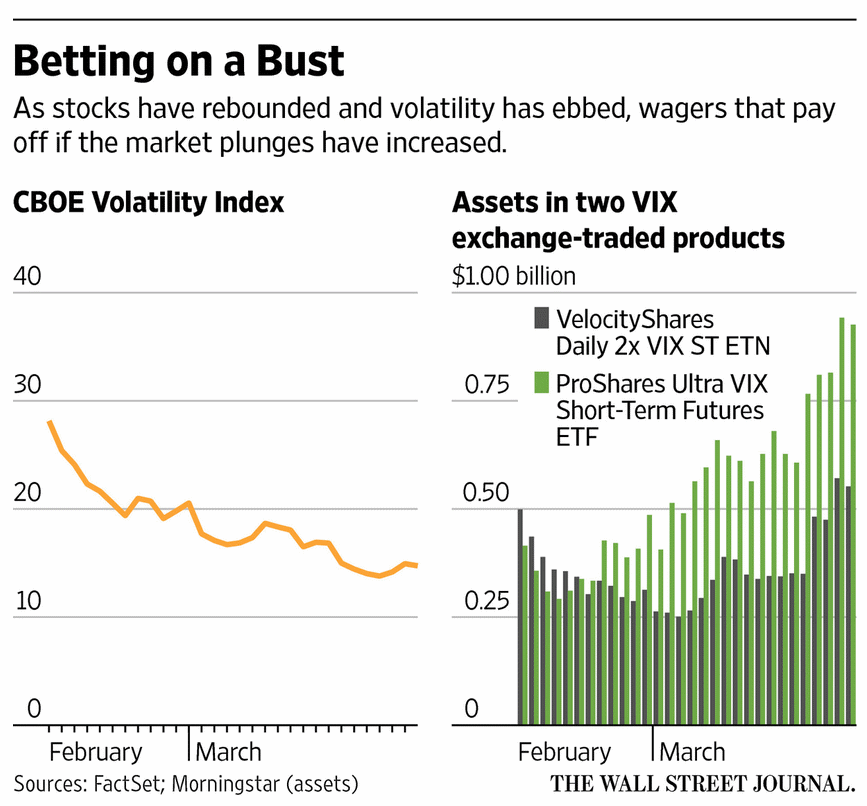What follows is a section from the “Thoughts & Analysis” portion of my monthly letter to investors at T11 Capital.
Reversions
In stepping back and looking closely at the current portfolio during what has been a disappointing 2016 to date, I am reminded of a method of testing conviction in each portfolio holding as described by Lee Ainslie of Maverick Capital:
When Mr. Ainslie reviews the overall plan, he is thinking about the size of every position. Mr. Robertson [for whom Mr. Ainslie worked in the early 1990s] taught him to test his conviction by asking himself if the stock is a buy or a sell.
A hold isn't an option.
This is how I've come to think of it over the years: Either this security deserves incremental capital at the current price point or it doesn't — in which case, let's sell it and put the money to work in a security that deserves that incremental capital," Mr. Ainslie said.
At T11 Capital, I very much utilize a similar methodology in portfolio decisions. If at any point an investment gets to the point where I wouldn't consider adding to the position, then the investment should be sold. This has been one of the components behind our timely exit in investments like CIDM close to $3 per share, IMH near $21 and many others over the years, that have declined significantly following our exit.
Not to say this methodology is foolproof (nothing is, of course) by any means. We have also exited SPNS near $7, it is now at $12. I decided to let go of MITL near $3 years ago, it is now trading at $7, after going as high as $12.
Overall, however, this level of thinking with respect to allocation decisions rewards conviction brought about by depth in research. It forces an investor to constantly evaluate whether a holding is exhibiting the same positive attributes that caused an allocation in the first place, mitigating the numerous gray areas that often times end up being a weak or compromised thesis disguised as indecision.
In closely reviewing our current portfolio positioning on an everyday basis, there isn't a position in our portfolio with the exception of our investment in the illiquid Lehman Capital Trust shares, that I wouldn't consider a buy at current levels.
We are in possession of extreme value within a market that is playing a game of reversion to the mean of my particular method of investment. A situation, by the way, that is a natural phenomenon of investing, as well as being a component in the demise of many talented investors who feel the need to invert what is a regularly occurring process.
To expound on this thought further, methods or systems of investment are subject to the same fluctuations as equity prices, in that their efficacy judged over a short to intermediate term basis is unreliable in nature. The intuitive approach to this problem of an unpredictable outcome is to invert the process by resisting it. The resistance comes in the form of modifying or abandoning a method of investment in favor of something that provides more immediate gratification. There is a term for this in the hedge fund world: Style drift.
There is only one reason to allow an investment manager to invest capital on your behalf: A belief that the returns available through the manager will exceed that of the S&P 500 over time. Style drift interferes with the time component of this statement as it doesn't allow a process the breathing room necessary to flourish.
While the S&P is narrowing the performance gap with T11, our underperformance over this period of time is a natural course of events that has very little bearing on where each individual investment in the portfolios is headed once the value becomes apparent over the long-term.
Tepid Bulls Abound
It is one thing to observe bullish sentiment as revealed by the numerous indicators that have been created in order to give one contrarian a leg-up over the other. It is another entirely to observe sentiment as revealed by simply observing how investors are treating a certain asset class.
To simply look at the AAII survey of bulls to bears, as one simple example, reveals the results of a survey of members participating in a certain group. They may have just read an article about how Sam Zell is predicting a deep recession for the seventh time in seven years prior to participating in the survey, creating a sudden bearish impulse. While this survey may prove useful at certain points, how much can a simple bullish or bearish response be relied upon when the circumstances behind the answer are vague at best?
There are other more reliable sentiment indicators, such as the put/call ratio. Even then, however, in today's market environment investors have a myriad of choices with respect to hedging instruments, making the put/call ratio less reliable as a standalone tool than it was a decade ago.
One of the better ways to gauge true investor sentiment is to look at how investors are treating large-cap versus small-cap stocks. Going further beneath the covers, true bullish sentiment is revealed when investors forgo rudimentary analysis of large cap names that provide in turn rudimentary performance in favor of more in depth analysis of small cap names that in turn provide outsized gains. It is this act of demanding outsized gains that is perhaps one of the better tells of a bull market that has participants convinced.
The current rally, while being magnificent in its ferocity to the upside and stunning in its capacity for manipulation of market participants, is nothing more than an asset allocation trade. There are very few decisions being made among the investment community at large that reveal a desire for long-term outsized gains as told by significant participation in value investments.
Instead, the investment community is making generalized asset allocation decisions into stocks that are liquid and reflect allocation decisions that are more macro based. Whereas decisions to purchase less liquid micro/small cap value shares represent value decisions that are investment based reflecting real optimism about future performance in the market. In other words, when making a small cap value decision you are not offered the luxury of immediately changing your mind due to the liquidity constraints. These decisions then are rooted in a long-term comfort with the investment environment at large.
While small company shares as a whole have moved up significantly with the rest of the market from the March lows, they are still the one sector in the market that is furthest away from a new high as of this date:
To claim then that market participants are truly bullish here is a conditional assessment. Yes, they are bullish for asset allocation purposes as a function of their job description. However, they have yet to make actual long-term commitments to the financial markets that are reflected in value based decisions brought about by a general optimism in the future prospects of the markets and economy.
Hedgeapoolza
I'm not unique in my desire to hedge exposure going forward. It has, in fact, become a right of passage to exist within the ecosystem of the current market. To believe there is risk in the markets of a punishing decline has become ubiquitous among its participants.
Take as an example this recent chart of asset flows into instruments that bet on an increase in volatility via VIX:
And this quote from the Wall Street Journal article accompanying the above graphic:
Mr. Larsen, who manages about $30 million, said the magnitude of the rally in U.S. stocks since mid-February made him nervous.
“You’re probably going to lose money if nothing happens, but you’re absolutely going to make money” if stocks decline sharply, he tells clients.
I don't know Mr. Larsen, but being a consummate contrarian in the most sincere sense of the word, I am uncomfortable when our intellectual output with respect to the financial markets converges along any common lines. And that common line is seemingly heavily traveled given the current data.
Take as a further example, the recent Barron's Big Money Poll, which seems to have an army of mini-Mr. Larsen's. Only 38% of fund managers are bullish on stocks, one of the lowest readings in 20 years. Further, neutral expectations for the market are at 46%. Also known as a veritable hedgapoolza. When money managers become neutral, they either move to cash or hedge. You can be sure that is what is taking place virtually across the board.
The next logical question to ask knowing these facts is how can the market inflict the most amount of pain on this majority group of tepid investors? It obviously will not be through a gigantic move down, as this will only vindicate the majority opinion that hedges will be necessary form of insurance and a cash yield near zero beats stocks losing money.
It must be obvious then that the markets have further upside remaining in the tank before it will be necessary to hedge exposure. A move to new highs isn't at all out of the question, as this will blow some of the hedges out of the water, while causing underinvested asset managers to become allocated on the long side. This is a process that should take place throughout May-June.
Given our negative performance to date, the added cost of hedging prematurely simply isn't a burden I want to take on. It is necessary to narrow the gap between our portfolio performance and the performance of the S&P before the portfolios can bear the added cost of insurance.
In the meantime, I will continue to raise cash opportunistically in order to take advantage of value situations as they arise, with a primary focus on further adding to the most attractive opportunities within our current portfolio.
Regards,
Ali Meshkati


